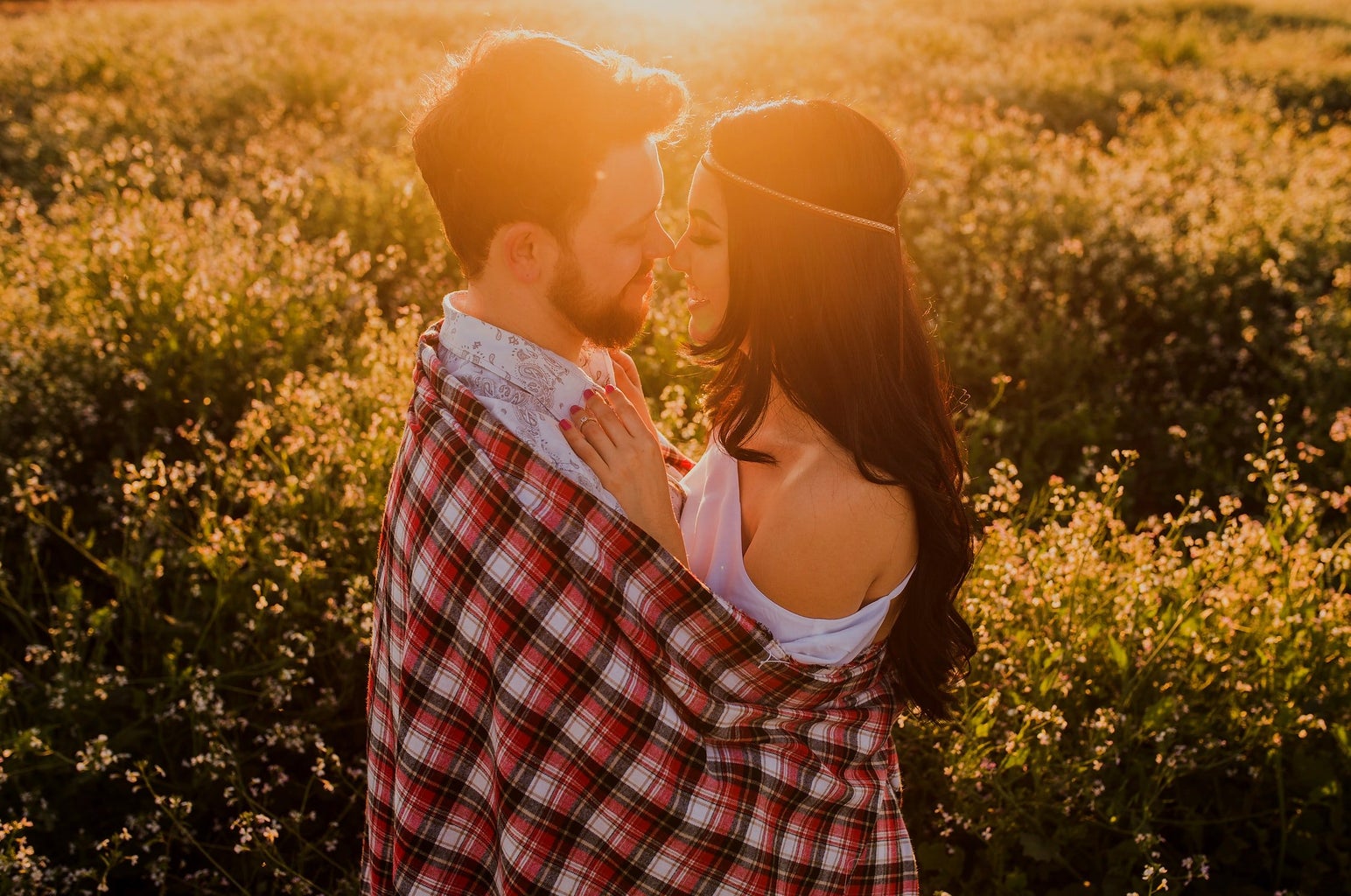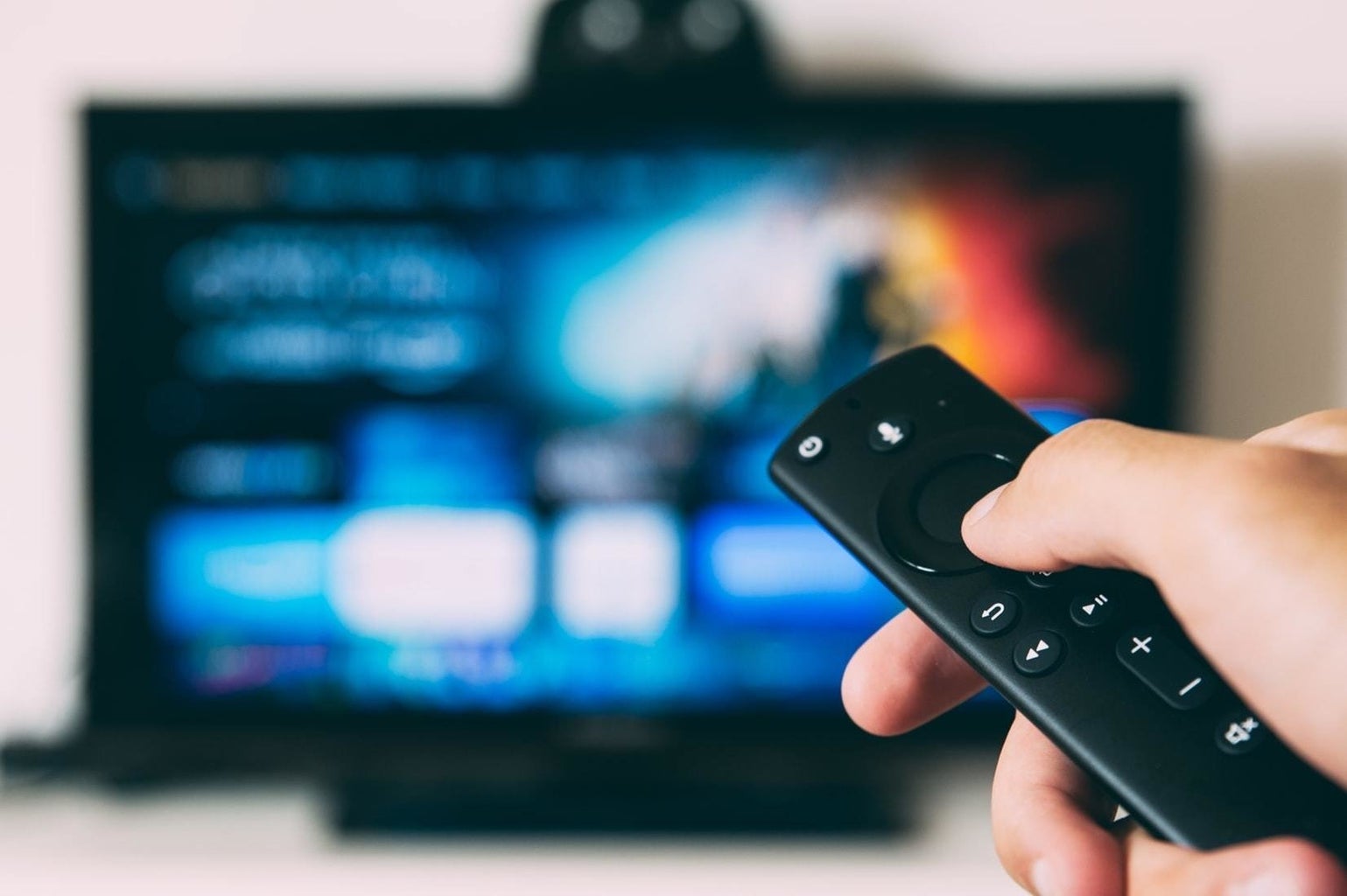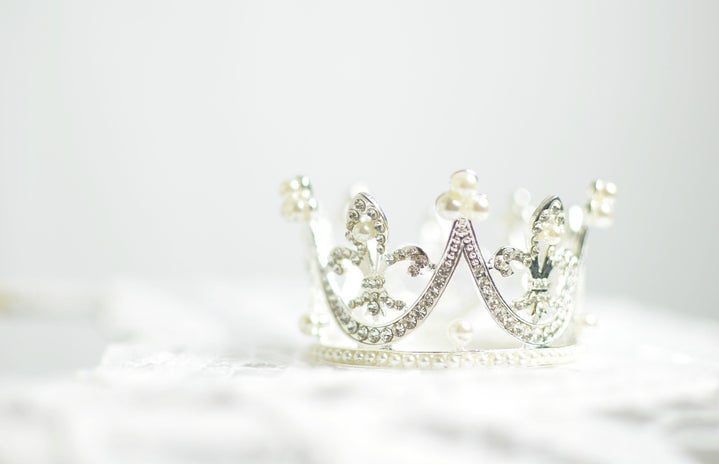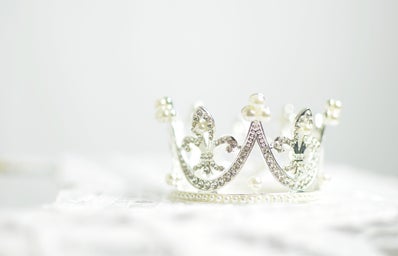As Cinderella and Prince Charming waltzed at the palace ball in the live action remake of the classic Disney princess movie, Lily James’s glittering blue dress sparkled while she twirled. Her hair was gold and glowing as the rest of the room stopped to watch them fall in love. Despite this dazzling scene, Cinderella leaves her prince in a hurry as the magic runs out, and her false reality morphs back into her despondent life. At the end of the Cinderella remake, Richard Madden gets on one knee to put the glass slipper on Lily James, rescuing her from her cruel stepmother. As evident in Cinderella, Disney princess movies and their live action remakes celebrate the idea that happiness is found only when the prince saves the princess. This makes me wonder: Are there any Disney princess remakes that pull classic stories into the twenty-first century and serve as a model to empower young girls?
I grew up sitting behind the TV, wearing my Sleeping Beauty tiara as I watched elegant, graceful princesses on my screen. Disney princess movies have been critiqued for constantly emphasizing that the prince must save the princess. Yet, we continue to create live action remakes of these films, and the values these princesses embody become relevant again for the women who have fond childhood memories of these movies. Like many girls, I am guilty of feeling excited when these remakes are announced. There’s something magical and romantic I still hold onto. These fantastical tales feel like reality when we see people we recognize on screen. For many women, Disney princesses not only were our first exposure to romantic love, but also to the belief that our life begins only after we meet the perfect man.

Another recent princess remake was Beauty and the Beast. Belle is considered to be Disney’s first feminist princess, significantly changing the way women in Disney animated films were depicted. Belle taught me to stay true to what I love, even in the face of ridicule. When Emma Watson, a prominent advocate for women’s rights in the HeForShe campaign, was asked why she played Belle, she said: “[Belle] challenges the status quo of the place she lives in.” Belle was the opposite of Cinderella, who reacted to her story rather than making an impact on it. While Belle is a role model for girls, the same idea of the prince saving her through marriage is still present. The dangerous message these princesses pose is one that teaches young girls to be dependent on a man and to expect a fairytale existence that begins once he saves them.
Classic Disney princess movies and many of their remakes falsely portray love and gender roles, and they teach girls that happiness will come in the form of a man. Late Justice Ruth Bader Ginsburg, a longtime champion of women’s rights, explained that “Feminism [is the] notion that we should each be free to develop our own talents and not be held back by manmade barriers.” Until these princesses are not defined by their male counterparts, they are not feminist. We can no longer embrace the idea that women need saving by heroic princes, or that their female identity needs to be compromised. So where do we go from here? The most important question we should reflect on is how we respond to Disney’s ideals, and what values we should emphasize in our young girls as they explore girlhood. Remakes offer opportunities for Disney to redeem traditionally loved stories. By not discarding them, history has the chance to rewrite itself and demonstrate that change is possible if we welcome it, so that the future generation of girls sees a world of possibilities in these movies.

While remakes like Beauty and the Beast have made strides in empowering girls, Mulan is exactly the film we need. Instead of following sexist orders, Mulan proved that girls are capable of whatever they set their minds to doing. When the remake was announced, the controversial decision was made to remove the prince to focus on the heroine, making Mulan’s independence and resilience the center of the story. In her film, Mulan taught girls to honor our truth, identities, and voice, especially during times in which these parts are suppressed. Mulan embraced her female identity and emphasized that she was equal to men. Mulan encourages us to choose the unwritten path, and understand that pursuing our dreams does not mean running from ourselves or disregarding our identities. Watson beautifully voiced this idea in her HeForShe speech: “We want to empower women to do exactly what they want, to be true to themselves, to have the opportunities to develop. Women should feel free.”
Despite the bad reputation of classic Disney movies and some of their remakes, princess films still have positive qualities to model. While not all are perfect, there is something redeeming about them. Remakes are important today in part because they emphasize these already existing positive traits. Values associated with princess culture are not inherently derogatory: kindness, humility, and sacrifice have persisted in Disney princesses. As Watson put it, these values do not just belong to girls, and there is nothing wrong with embodying what is stereotypically feminine or masculine: “Both men and women should feel free to be sensitive. Both men and women should feel free to be strong.” The finetuning of Disney princesses must advance the positive lessons already in place in order to uphold the legacies of women who have paved the way for feminism, such as Watson and RBG. By honoring these women and the history of the fight for women’s rights, we instill an empowering representation in popular culture for many generations of girls to follow.



